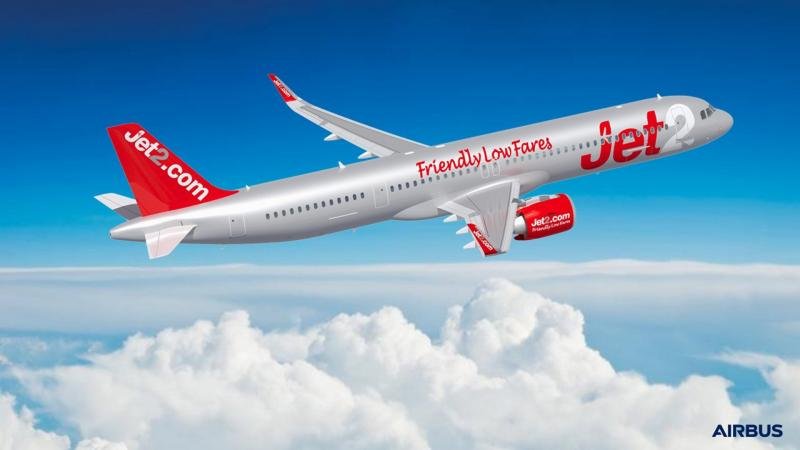After weeks of speculation, the airline selected the European airframer for its new narrowbodies
UK leisure carrier Jet2 has unveiled a large order with Airbus for 36 new A321neo aircraft, confirming its purchase in an investor update this afternoon.
The deal comes as a blow to Boeing who had reportedly also been in talks with the Leeds-based company alongside its European counterpart competing for a lucrative narrowbody order.
The airline currently holds a near all-Boeing fleet of 90 aircraft comprising 737 and 757 examples. A single A321, leased from Avolon, is also on the carrier’s books.

The firm order – which is valued at $4.9bn based on list prices – also comes with an option to extend the agreement to cover up to 60 aircraft. The total transaction could be worth as much as $8.1bn.
Philip Meeson, Jet2 plc's executive chairman, said: “We are delighted to have placed this order with Airbus and are proud to operate this aircraft which has more seats, provides additional operating benefits through lower fuel consumption and is, in our opinion, the most efficient and environmentally friendly aircraft in its class today - it will ensure our customers have a wonderfully comfortable and enjoyable experience as they travel with us for their well-deserved holidays.”
“We very much welcome Jet2’s decision. Traditionally having been operating non-fly-by-wire aircraft, we note with great satisfaction that after having tested a couple of leased A321s and run a comprehensive evaluation, Jet2 is forward-looking and investing in modern and future proof Airbus fly-by-wire technology. This is a testimony to Jet2’s vision of efficiency, quality, performance and environmentally friendly flying,” said Christian Scherer, chief commercial officer and head of Airbus International.
The 36 narrowbodies are due for delivery over a five-year period until 2028. The company says the jets will be financed through a combination of “internal resources and debt”.

